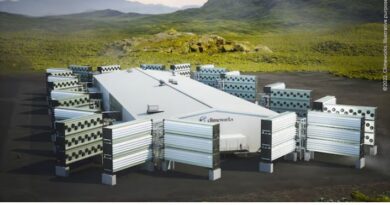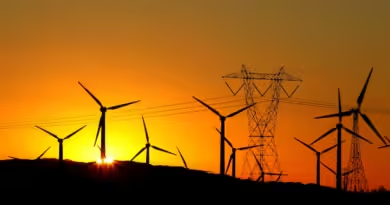China plans CO2 emission cuts in key sectors by 1% of 2023 level
China aims to reduce the carbon dioxide emissions of key industries by an amount equivalent to about 1% of the 2023 national total through efficiency gains in everything from steel production to transportation, according to a government plan released on Wednesday.
China, the world’s top energy consumer and largest greenhouse gas emitter, also set a target for making economic growth more energy efficient, a step in line with President Xi Jinping’s push for “new productive forces.”
The government action plan said China’s economy would require 2.5% less energy for every unit of GDP growth in 2024. It proposed to hit that goal by pushing for specific changes in industries, including building materials and petrochemicals.
China missed its energy intensity goal last year, and its desire to cut emissions and energy consumption is often at odds with the need to boost economic growth and living standards.
Lauri Myllyvirta, senior fellow at Asia Society Policy Institute, said it was possible China’s CO2 emissions could have peaked in 2023, reflecting stalled growth in oil demand and expanding wind and solar and wind generation. China’s official target remains for CO2 emissions to peak before 2030.
The plan repeated a target for non-fossil energy sources to make up about 20% of China’s total energy use in 2025, up from this year’s target of around 18.9%.
The plan said China would “strictly” control coal consumption, “reasonably” control petroleum consumption and promote use of biofuel and sustainable aviation fuel.
For natural gas – which Beijing sees as a bridge to reach its carbon-neutral goal by 2060 – the plan calls for the expedited development of resources such as shale gas and coal bed methane to boost domestic supply. It said the government would also prioritise gas use for winter heating of households.
Source: Reuters




